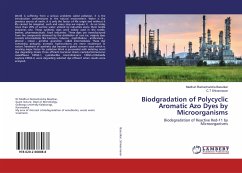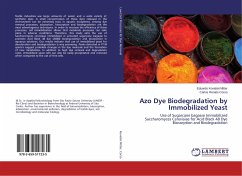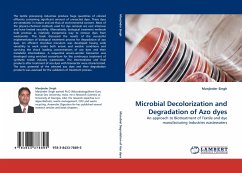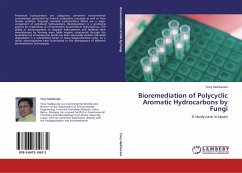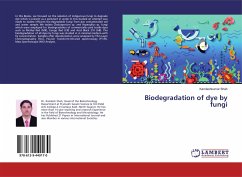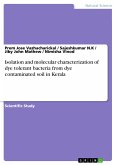The present study aims at isolation of novel bacterial strains from reactive azo dye contaminated samples having capacity to decolorize the Polycycic aromatic azo reactive dye like Reactive orange-16 (RO-16) widely used textile industries. These are derived from the naphthalene as raw material, contains more than one sulphonic acid groups confirms the recalcitrant and xenobiotic character of dye. Treatment of synthetic dye became a global concern issue which is creating major factor for pollution.Work is proceeded with isolating novel dye degrading strains three efficient bacterial strains namely-Enterococcus casseliflavus CMGS-1, Lysinibacillus boronitolerans CMGS-2, Klebsiella oxytoca CMGS-3, were degrading selected dye efficient when results were analyzed , out of three isolates Lysinibacillus boronitolerans CMGS- 2 strains was showing highest dye degradation .
Hinweis: Dieser Artikel kann nur an eine deutsche Lieferadresse ausgeliefert werden.
Hinweis: Dieser Artikel kann nur an eine deutsche Lieferadresse ausgeliefert werden.


